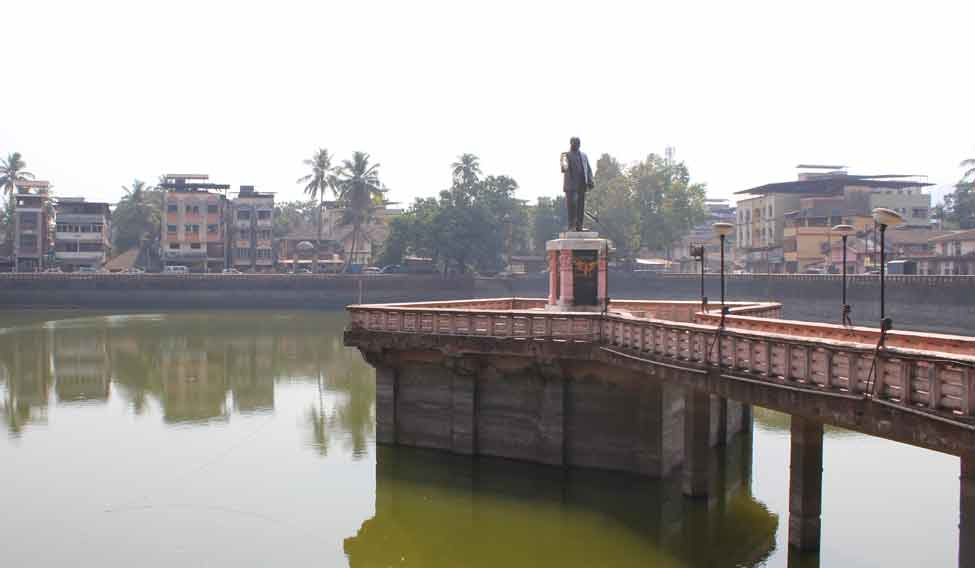March comes like a lion and goes out like a lamb, they say. On March 12, 1930, Mahatma Gandhi set off on a 24-day march to Dandi, where he scooped up a handful of salt and kindled a revolution. Three years before that, on March 20, 1927, Bhimrao Ambedkar started a fire by drinking a handful of water from Chavdar Tale in Mahad, in Maharashtra's Raigad district. Chavdar means tasty in Marathi, but Dalits were refused a taste of this water. Ironically, animals could drink from here.
Mahad was then a part of the Bombay Presidency's Kolaba district, and the Bombay Council had, on August 4, 1923, passed an order opening all public amenities to all people, irrespective of caste. In 1924, the Mahad Municipality resolved to enforce this, but failed because of societal pressures. As taluk headquarters, the town saw Dalits coming there for official and personal needs. And, the main public source of drinking water was out of bounds for them.
So, in 1927, Ambedkar decided to set a wrong right and marched to Mahad, where a 2,500-strong crowd had gathered. Organisers told him that they had bought drinking water for delegates from caste Hindus for Rs 15, then an astronomical sum. Official records show that after Ambedkar drank from the pond, caste Hindus turned violent and later purified the pond by pouring “108 pitchers of water into it”.
To establish their right over the water, the Dalits called for a second meeting from December 25-27, 1927. Hearing of the meeting, caste Hindus appealed to the district magistrate to restrict Dalits from using the water. But he refused, saying the law allowed equal access.
Ambedkar's personal papers show that later “nine Hindus drawn from different castes joined as plaintiffs in filing on December 12, 1927, a suit No. 405 of 1927... in the Court of Sub-Judge of Mahad.” Ambedkar and four others were named defendants. The plaintiffs wanted a “perpetual injunction restraining the defendants” from accessing the water, as it was a private tank. In a separate suit, the plaintiffs sought a temporary injunction to the same effect, until the case was resolved. On December 14, the judge allowed the temporary injunction, taking the wind out of the sails of the upcoming meeting.
The organisers and Ambedkar held the meeting, but honoured the court and stayed away from the pond. On Christmas Day, they burnt the Manu Smriti in Mahad and pledged to fight the caste system. Unknowingly, perhaps, they were also endorsing the views of a revolutionary born that day.
Ambedkar would later fight the case all the way to the Bombay High Court, and, on March 17, 1936, win it. Ambedkar was dissatisfied as the court only established the public ownership of the tank. He wanted the court to also examine if untouchability was legal. But the court restricted itself to the specifics of the case.
Today, a statue of Ambedkar towers over the tank, which is well-maintained, with fountains, a garden near the entrance and memorial arches over the steps leading to the water. The junction where the tank stands is named after Ambedkar. And, the ministry of social justice and empowerment has marked March 20 as social empowerment day. March does come like a lion.







